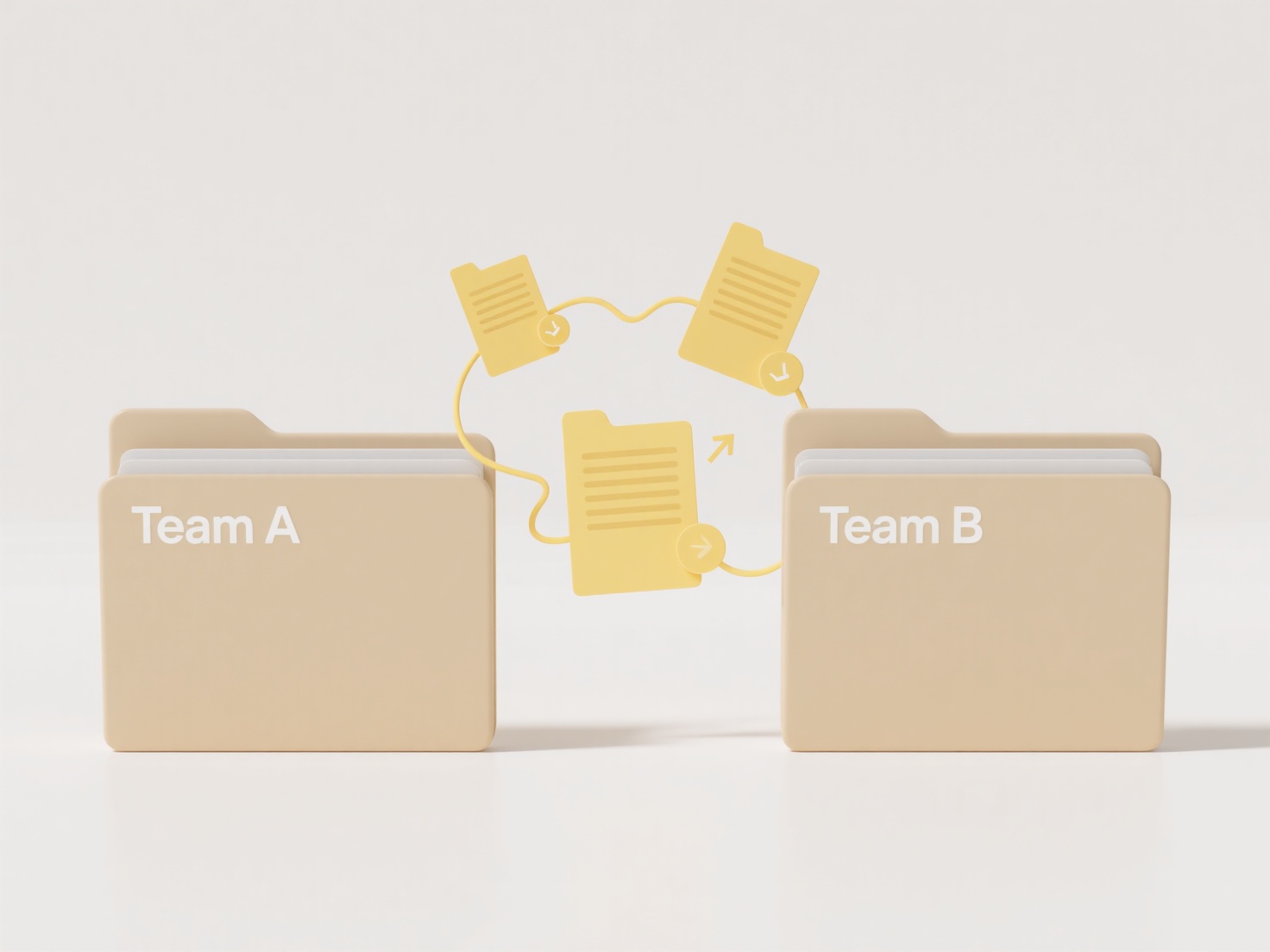
Tracking changes to folders means monitoring modifications to the folder itself or its contents over time. Unlike tracking edits within a single file, folder change tracking records events such as file additions, deletions, renames, permission adjustments, or modifications to folder attributes. This provides a comprehensive audit trail at the container level, revealing activity beyond just the files saved within.
Tracking is commonly implemented using file server audit logs or specialized version control tools capable of monitoring directories. For example, IT departments often enable auditing on Windows servers to track who accessed or modified sensitive financial records folders. Similarly, cloud storage platforms like Dropbox or Google Drive natively record activity such as file additions or renames within tracked shared folders, helping teams collaborate on projects.

The primary advantage of folder change tracking is enhanced security, accountability, and compliance, allowing administrators to pinpoint unauthorized activity and troubleshoot issues. However, limitations include potential storage overhead for extensive logs, and the audit trail typically only records that a change occurred, not the specific content changes within files themselves. Careful configuration is essential to balance audit needs with user privacy.
Can I track changes made to folders?
Tracking changes to folders means monitoring modifications to the folder itself or its contents over time. Unlike tracking edits within a single file, folder change tracking records events such as file additions, deletions, renames, permission adjustments, or modifications to folder attributes. This provides a comprehensive audit trail at the container level, revealing activity beyond just the files saved within.
Tracking is commonly implemented using file server audit logs or specialized version control tools capable of monitoring directories. For example, IT departments often enable auditing on Windows servers to track who accessed or modified sensitive financial records folders. Similarly, cloud storage platforms like Dropbox or Google Drive natively record activity such as file additions or renames within tracked shared folders, helping teams collaborate on projects.

The primary advantage of folder change tracking is enhanced security, accountability, and compliance, allowing administrators to pinpoint unauthorized activity and troubleshoot issues. However, limitations include potential storage overhead for extensive logs, and the audit trail typically only records that a change occurred, not the specific content changes within files themselves. Careful configuration is essential to balance audit needs with user privacy.
Related Recommendations
Quick Article Links
How do I locate large files clogging my system?
Large files are data resources consuming disproportionate storage space on your computer's hard drive or solid-state dri...
Why does the app crash only for certain files?
App crashes occurring only with specific files typically stem from compatibility issues rather than fundamental flaws in...
Can I recover an earlier version of a cloud file?
Recovering an earlier version of a cloud file means accessing and restoring a previous state of that document or file st...